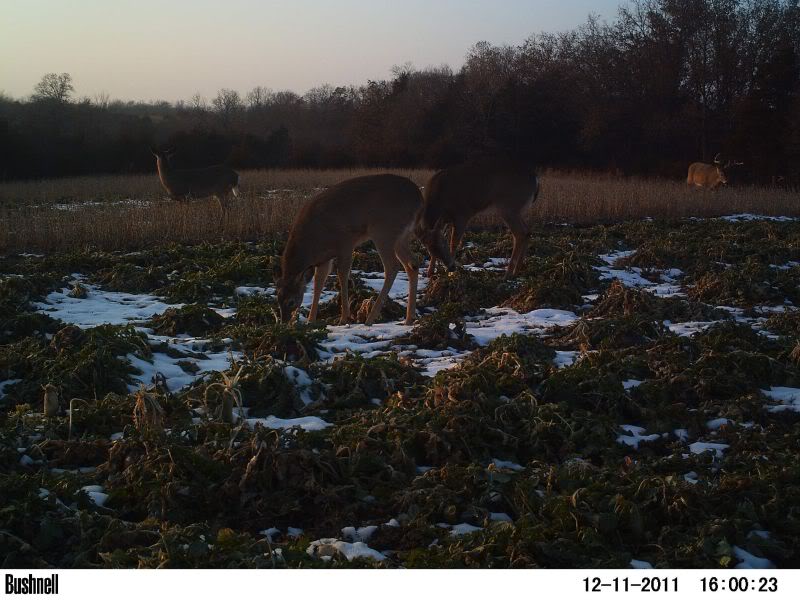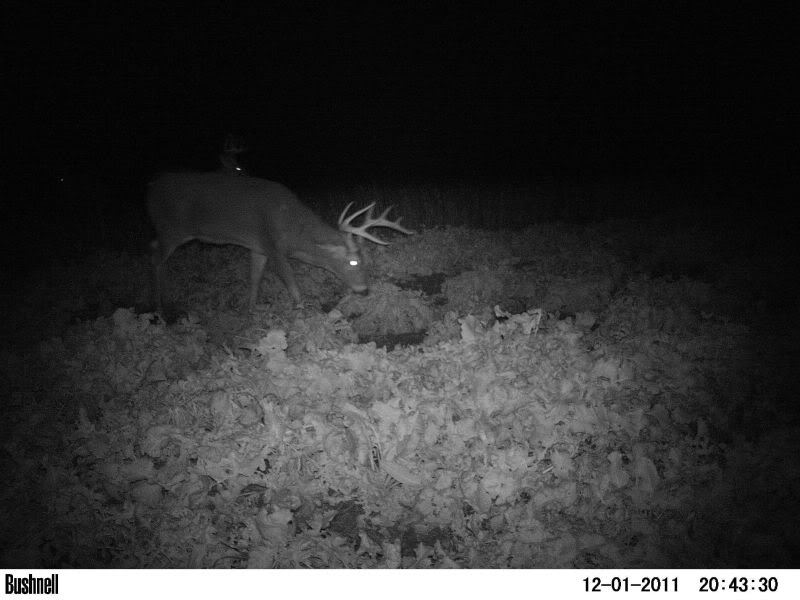Nitrogen and brassicas
When it comes to crops, soils and weather...there are always exceptions to every rule and no such thing as "it can't be done" but I don't deal in exceptions, but rather the majority of situations the average landowner will likely encounter. With that in mind lets talk about nitrogen and the fact that brassicas need it to thrive and produce lush, high quality forage and roots that can feed a large number of deer on a small amount of land.
Brassicas are like corn in that they hate competition from other plants, especially grasses and other weeds and they love water and nitrogen. Planted in mid summer weeds are less of a problem especially if the brassicas have plenty of nitrogen so that they will quickly canopy and smother annual grasses and broadleaves.
Now I have seen corn grown on rich, high organic matter soils with plenty of rain produce a great crop with no added nitrogen but again, that is the exception and the average landowner does not have these type of soils. Brassicas planted into those nutrient rich, black loam soils might produce a bumper crop with little or no added fertilizers but as of yet, in all my travels and planting on dozens of farms even here in Iowa...I have yet to actually encounter this, so we always add nitrogen to insure a great crop (assuming they get sufficient rainfall)
Nitrogen unfortunately does not last long, in any form and because of this it must be applied each and every year to feed crops such as brassicas and corn, part of which may come from killed legumes such as clovers, peas, vetches or alfalfa. In synthetic form it is most commonly available as urea but also as Ammonium nitrate and Ammonium sulfate, the latter two often being difficult to find and almost always more expensive. Urea is very volatile and in warm summer months it must be incorporated by either a minimum 1/2" of rain or by tillage within 24 hours of hitting the soil surface and sooner is better! Summer time storms are extremely unpredictable and it is all to common to have a forecast of 100% chance of an inch or more of rain and then get...nothing, so applying urea on the assumption that the forecast will be correct is not wise and in fact impracticable for the average landowner who may live hours from their property.
For this reason I always, always till in the urea (46-0-0 urea) at planting time and usually till in P&K at the same time although unlike nitrogen it is not necessary, tilling it in however does insure it is in the root zone rather then hoping for rainfall to move it there.
I have a no-till drill and could easily no-till plant the brassica seed but because it is imperative to incorporate the nitrogen I till in fertilizers, cultipack, plant (either with drill or broadcast) and if broadcast...I re-cultipack to cover the seed. While on occasion it can be successful, I have found that by and large attempting to take a shortcut leads to failure more often then not. Brassicas broadcast onto the soil surface, given enough rainfall will eventually germinate but lacking rainfall or enough moisture they may either not germinate at all or germinate and die...unable to get the tiny root to the moisture zone.
Each landowner must then, weigh the options given the soils and weather conditions they have to work with and decide which planting method will insure them the greatest degree of success but for me, conventional tillage kills two birds with one stone, allowing me to incorporate nitrogen and insure that the seeds are firmly in the soil rather then on top of it.
When soils are abnormally dry such as they are this year, be sure to cultipack immediately after tillage, regardless of what tillage tool you utilize.
A cultipacker helps conserve precious soil moisture by re-sealing the surface as well as making a firm seedbed in which to plant
Proper planting and fertilization will help insure a great crop of brassicas that will be highly attractive to whitetails thru the fall and winter...
Shortcuts however may leave you with short, stunted, yellow, unattractive brassicas that will feed few deer and for a very limited time.
Hopefully you have a lush crop of clover to til under before planting your brassicas but if not, you may need to clip any weeds one more time before planting....allowing them to go to seed will be a regrettable decision as weed seeds can lay there for decades.
Annual weed seeds are laying in almost all soils that have ever been farmed even if it has been 20-30 years, spraying them will not help as a zillion more are waiting to come up, all they need is a little breathing room! Healthy thick clovers like white or red clover will generally suffocate weed seedlings and they won't be a problem but without the clovers....be prepared to mow as necessary before planting your brassicas!
















